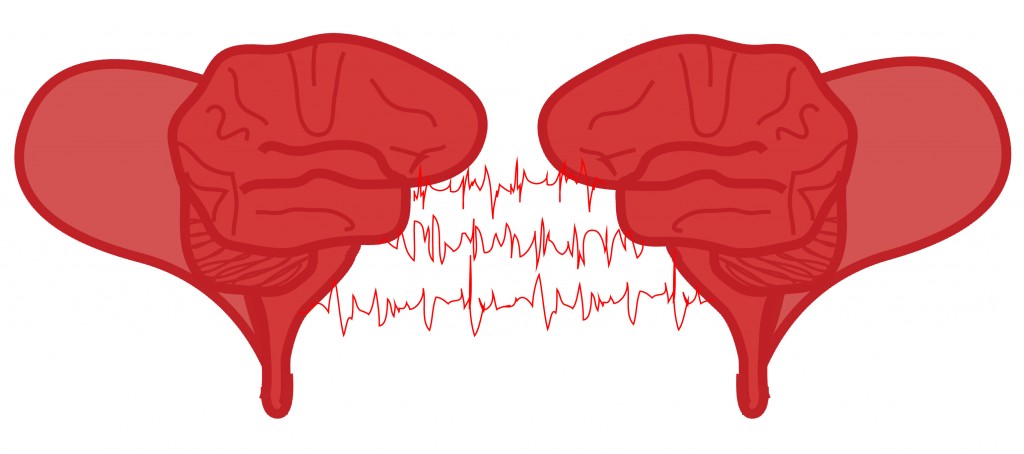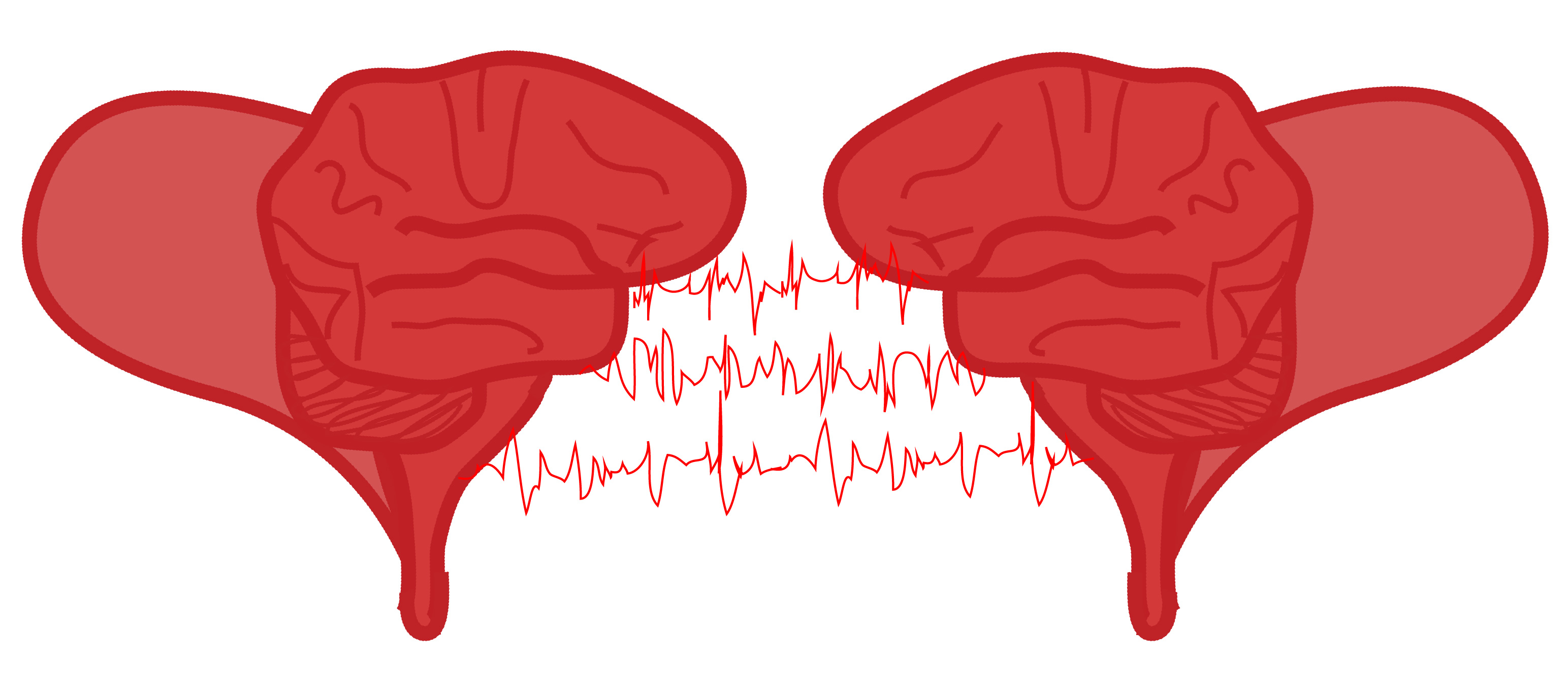Most of us have, at some point, ended a social relationship or at least thought about doing so. What goes on inside our brains when we decide to stay with or leave a social partner?

illustration by Roselyne
Decades of research demonstrates three main reasons why people feel committed to their relationships. How satisfied they are with their relationships. How much they invested in their relationships. And, how easy they think it would be to find a better partner. Obviously also, the more committed people are, the longer a relationship is to last. Altogether, this suggests that deciding to stay or leave depends on a cost-benefit analysis. That is, it seems beneficial to stay in a satisfying relationship. Especially when finding a better partner appears difficult. Also, it seems costly to leave a relationship in which we invested a lot. Sounds rather calculative, doesn’t it?
Indeed, our brain calculates the value of staying with our partners, thought what we call reinforcement learning. That is, for each interaction we have with our partners, it assesses whether the interaction is better or worse than could be expected based on previous interactions. Logically, unexpectedly good interactions increase the value of staying, whereas unexpectedly bad ones decrease it. In this way, the value of staying can fluctuate over the course of a relationship. When we decide to stay or leave, this value is represented by neural activity in an area of the brain known as the ventromedial prefrontal cortex.
The value of staying is only meaningful if we compare it to the value of leaving. But, how can we know the value of leaving, if we have little or no interactions with partners other than our own? Not knowing the value of leaving poses quite a dilemma! That is, on the one hand, we could stay in a relationship (exploit) and be content, but never discover the availability of a better partner. On the other hand, we could leave a relationship partner (explore) only to find out that we left the best available partner. Our brain – specifically the dorsolateral prefrontal cortex – solves this dilemma by, occasionally, making decisions despite being unsure about their value. This strategy can prevent us to stay with a first available partner that may seem ok, but is not necessarily the best one.
So, despite our calculative nature, there is a part of us that is less rational when it comes to relationships. Some of our brain areas become more active when we experience something that we like. For example, when we eat chocolate or win money. Interestingly, I have found that activity in these regions were also exceptionally high when people decided to stay with their partners! So, our intrinsic liking for someone adds value to the choice of staying in a relationship; when choosing to stay with our partner, there’s more than just the objective value of being in a relationship. With this knowledge in mind, make sure to enjoy your relationships, even when it’s not Valentine’s Day! And, just in case, maybe make sure that your partner gets a surprise better than he/she could have expected 😉
Read more
Review article about the neuroscience of social decision-making
Review article about the neurobiology of rewards and values in social decision making
Review article about a biological framework for value-based decision-making
Amber’s article about stay/leave decision-making in a collaborative task
This blog is written by Amber Heijne. Amber is an assistant professor at Maastricht University. Her work focuses on social decision-making processes. As part of her PhD research she focused on decision-making on staying/leaving a relationship where she simulated social relationships between anonymous individuals in the lab. This research was conducted under the supervision of Prof. Alan Sanfey at the Donders Centre for Cognitive Neuroimaging.
Edited by Nietzsche
